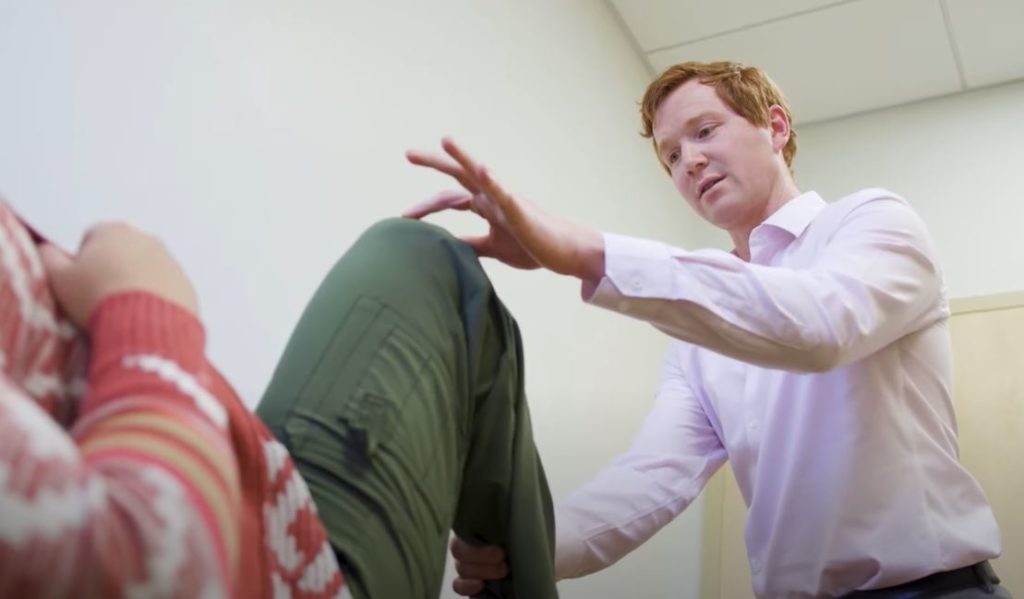The Center is proud to announce that it is the first medical facility in Central Oregon to offer the BEAR® Implant for the treatment of anterior cruciate ligament (ACL) tears, one of the most prevalent knee injuries in the United States. This implant represents an advancement in ACL tear treatment, as it empowers the injured ACL to heal itself naturally. Departing from the traditional approach of ACL reconstruction, which involves replacing the ligament with a graft, the BEAR Implant marks the first innovation in ACL tear treatment in over three decades.
In the United States alone, approximately 400,000 ACL injuries occur each year. Without proper treatment, a torn ACL does not heal on its own, making ACL reconstruction one of the most common orthopedic procedures in the country. However, this procedure has its limitations. Some reconstructions require multiple incisions, and some patients find it challenging to regain their previous level of daily activities or participate in sports again.
Dr. Matthew Lilley, orthopedic surgeon at The Center, was the first surgeon to use the implant in a procedure on May 3, 2023. He says, “There are numerous advantages to restoring a ligament rather than replacing it, and the BEAR Implant represents an exciting medical technology that has clinically demonstrated the ability to facilitate healing of the patient’s torn ACL while preserving the natural knee anatomy. Clinical studies have shown that it leads to faster recovery of muscle strength and higher patient satisfaction in terms of readiness to return to sports compared to traditional ACL reconstruction.”
During ACL reconstruction, the surgeon removes the damaged ACL completely and replaces it with either a tendon from the patient’s own leg (autograft) or a tendon from a deceased donor (allograft). In contrast to reconstruction, the BEAR Implant eliminates the need for a second surgical incision to harvest a healthy tendon from another part of the leg or the utilization of a donor tendon. Acting as a bridge, the BEAR Implant assists in the healing of the torn ends of the ACL. In a minimally invasive procedure, the surgeon injects a small amount of the patient’s own blood into the implant, which is then inserted between the torn ends of the ACL. This combination of the BEAR Implant and the patient’s blood enables the body to naturally mend the torn ACL ends while preserving the ACL’s original attachments to the femur and tibia. As the ACL heals, the BEAR Implant is gradually absorbed by the body within approximately eight weeks.
The BEAR Implant has received De Novo Approval from the U.S. Food and Drug Administration and is indicated for skeletally mature patients aged 14 and above with a complete rupture of the ACL. To facilitate restoration, patients must have an ACL stump attached to the tibia. Like any surgical procedure, ACL reconstruction carries certain risks. Patients are advised to consult with their surgeon to discuss their specific symptoms, diagnosis, and treatment options.

